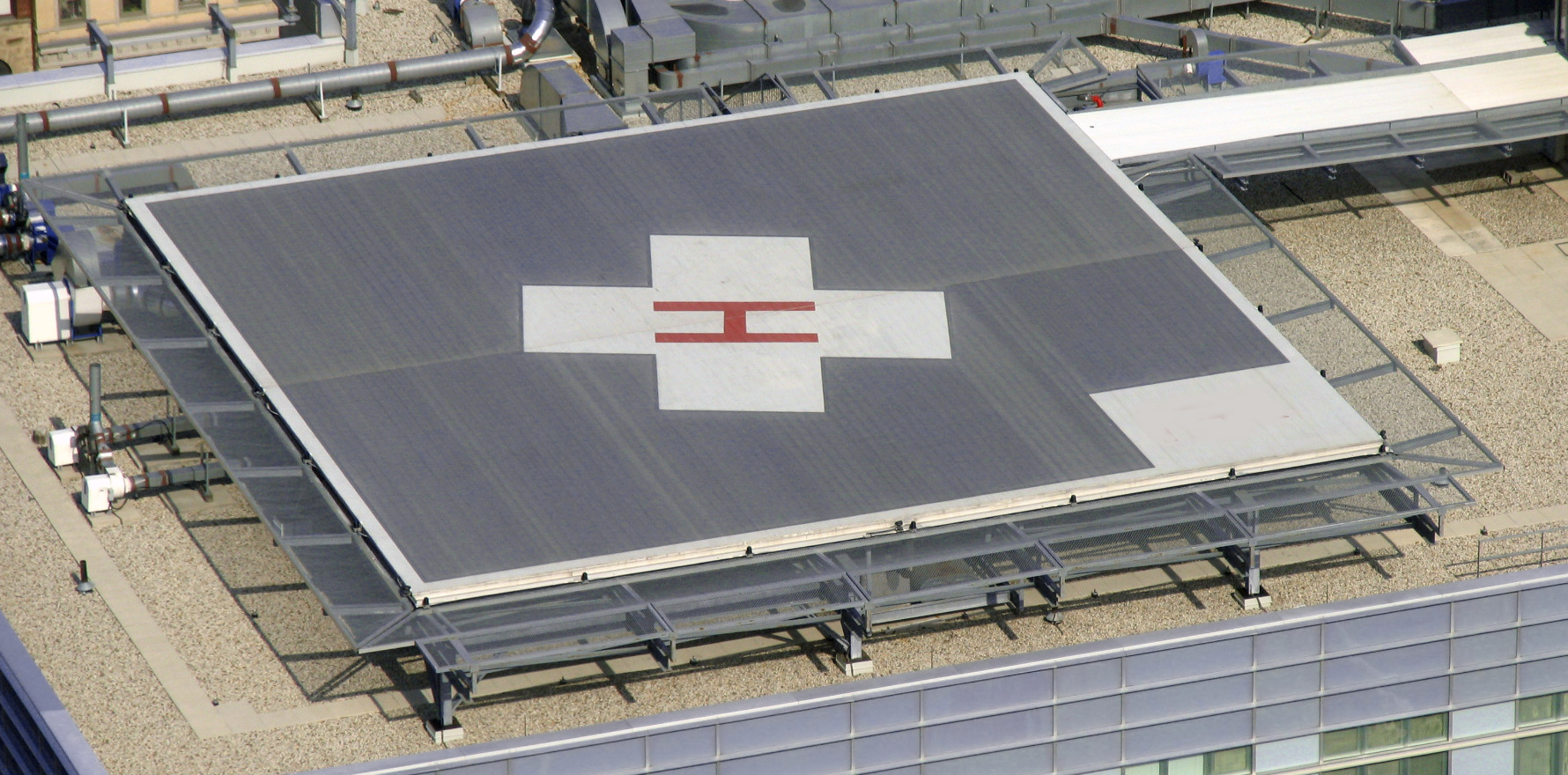Since medical transport helicopters got bigger, pedestrians have been injured more often by rotor wash.
A rise in the number of rotor-wash related injuries to pedestrians near hospital landing sites has prompted a new safety advisory to helicopter medical transport operators and hospital helicopter landing site operators.
The Australian Transport Safety Bureau released a report which found that since the introduction of larger helicopters into medical transport operations, there had been an increase in incidents.
“Flight crew were not aware of pedestrians in the vicinity of the hospital helicopter landing site at the time,” said the report.
“If the recommended rotor wash exclusion area had been applied at each hospital landing site, it would have reduced the risk of the pedestrians being injured.”
It found that of 18 reported helicopter rotor wash incidents in the past five years, nine occurred at hospital landing sites, while there were no reported occurrences of rotor wash-related injuries at hospitals prior to the increase in the use of the Leonardo AgustaWestland AW139 for medical transport operations from 2017.
“Six of those nine occurrences resulted in injuries to pedestrians who were within approximately 30 metres of the landing site, and flight crew were not aware of the presence of pedestrians in all cases,” said ATSB director of transport safety Dr Stuart Godley.
“In fact, in most instances, flight crew were not aware any incident had occurred at the time.”
The ATSB’s report noted a range of factors contributed to the effects of rotor wash, including helicopter weight and size, rotor size, disk loading, prevailing winds and flightpath.
“The flightpath is the only element that can be managed by the pilot in accordance with the operator’s procedures,” said Dr Godley.
“But as these occurrences demonstrate, pilots may be unaware of the presence of pedestrians in the vicinity, and therefore be unable to adjust their flightpath accordingly.
“As such, hospital landing site owners and helicopter owners should ensure pedestrians are not affected by rotor wash, by implementing appropriate risk controls for their landing sites, in addition to the helicopter operating procedures.”
Do you have a story tip for us, or a topic you would like to see us cover? Contact the editor at editor@healthservicesdaily.com.au.



